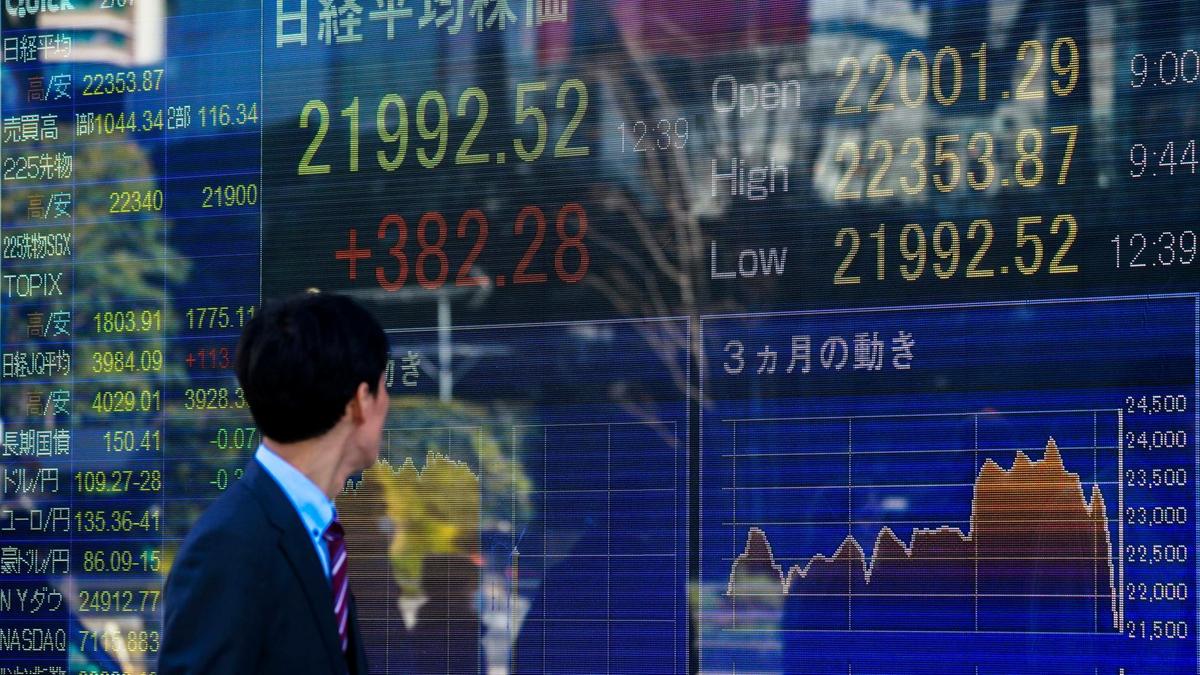Closed-end Funds: Global Exposure In The Asia Pacific Fund
The Asia Pacific Fund, Inc (NYSE: APB) is registered as a closed-end management investment company, with an objective to achieve long-term capital appreciation through investment in Asia Pacific Countries (excluding Japan). This creates the opportunity for investors to gain access to emerging markets throughout the region while still maintaining broad regional diversification.
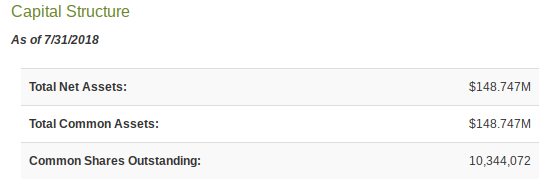 Source: CEF Connect
Source: CEF Connect
Most analysts agree that a significant portion of global growth will be present in emerging Asia over the next decade. These assets can be accessed at cheaper levels given the Asia Pacific Fund’s attractive discount to net asset value (NAV). The fund has rallied strongly since February 2016, and investments here come with an attractive dividend yield of 2.14%.
Economic Trends in Asia
The year 2017 was positive for Asian markets. Stocks throughout the region recovered against the backdrop of upward revisions in earnings and stabilizing political factors externally. The MSCI Asia All-Country Index (which excludes Japan) closed with a 42.1% gain for the year, and its dividend yield index rose by 29.8%. The rising tide lifted many regional funds, and this positivity in global markets helped the Asia-Pacific Fund gain approximately 50% in 2017.
The MSCI Asia All-Country Index (which excludes Japan) closed with a 42.1% gain for the year, and its dividend yield index rose by 29.8%. The rising tide lifted many regional funds, and this positivity in global markets helped the Asia-Pacific Fund gain approximately 50% in 2017. These are strong gains which are more closely in line with the longer-term expectations for Asia (relative to Western economies) through the year 2022.
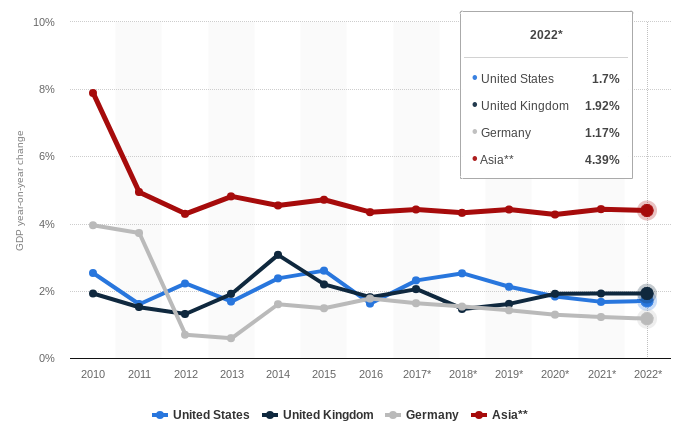
Source: IMF
However, shorter-term volatility has remained in place, and the first quarter of 2018 was not as expected. In the wake of faster-then-expected interest rate hikes by the US Fed Reserve, investors enacted strategies tied to risk aversion.
The world also saw itself on a brink of a trade war between the U.S. and China, which hastened with widespread tariff implementations. The Asia-Pacific Fund fell 0.9% during the period extending from January 2 to April 2, 2018. The greatest drop in the share prices was between January 31 and February 12, wherein the stocks plunged by 10% before entering correction territory in the next few days.
Fund Holdings
The reality is that as interest rates have increased in Asia, liquidity has tightened. Even though the NAV and the market price of the Asia-Pacific Fund both increased by more than 20%, the year its share of challenges.
Problematic sectors were seen in the internet and software industry. To mitigate the negative influence of global trends, the Asia-Pacific Fund has balanced its portfolio to increase exposure to top performing sectors (like industrials, information technology hardware, and real estate).
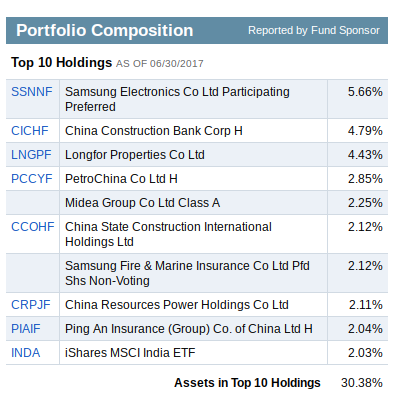 Source: Fidelity
Source: Fidelity
The major sector concentrations of the fund are devoted to Real Estate (17.7%), Industrials (16.2%) and Consumer Discretionary assets (15.9%), with 5% given to holdings in both Longfor Properties Company and China Construction Bank (Class “H” Shares).
Financial Performance
The overall performance of the fund was positive during its annual period ending on March 31, 2018. The Asia-Pacific Fund shows that price-to-book multiples, price-to-earnings multiples and its yield remain favorable when compared to the benchmark MSCI AC Asia Index (ex-Japan). Positive developments in this regard prompted the Board to advise shareholders to vote against the proposed liquidation of the fund.
This looks to have been a wise choice given the subsequent performance seen in share prices. Currently, the Asia-Pacific Fund has total net assets of $148.8 million and has 10.3 million outstanding shares as of July 31, 2018. The net asset value stands at $14.38 and a commitment to its Dividend Reinvestment Program is what makes APB a favorable option for prudent investors.
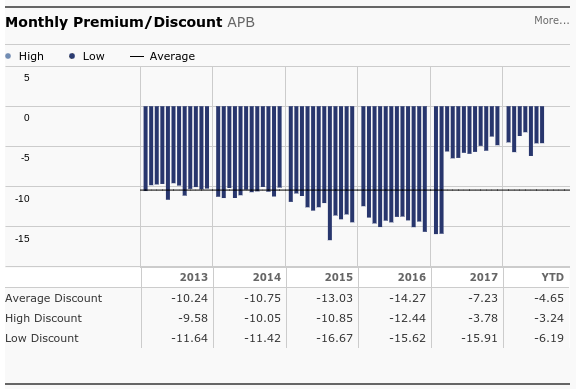
Source: Morningstar
The fund’s NAV per share has increased from $12.96 on March 31, 2017, which means we have seen gains of nearly 11%. On December 21, 2017, the fund paid out a dividend of $0.61 per share (with a yield of 2.11%). The PE Ratio stands at 4.53 and the EPS is $3.2. For the Asia-Pacific Fund, the momentum in earnings revisions has acted as a key driver of growth. Investors can look forward to a potential growth in the stock prices as the fund has posted a consistent performance over the past two years.
After facing a drop in February 2016, the stock raised back by 75% in the period ending November 2017. The increase in the stock was due primarily to the positive performances seen in the real estate and hardware sectors. This suggests that markets are well-prepared to buy the stock when it is trading at a significant discount. The positive performance and economic growth of the Asia Pacific region continues to have a positive impact on share prices – and this looks set to continue in the quarters ahead.
